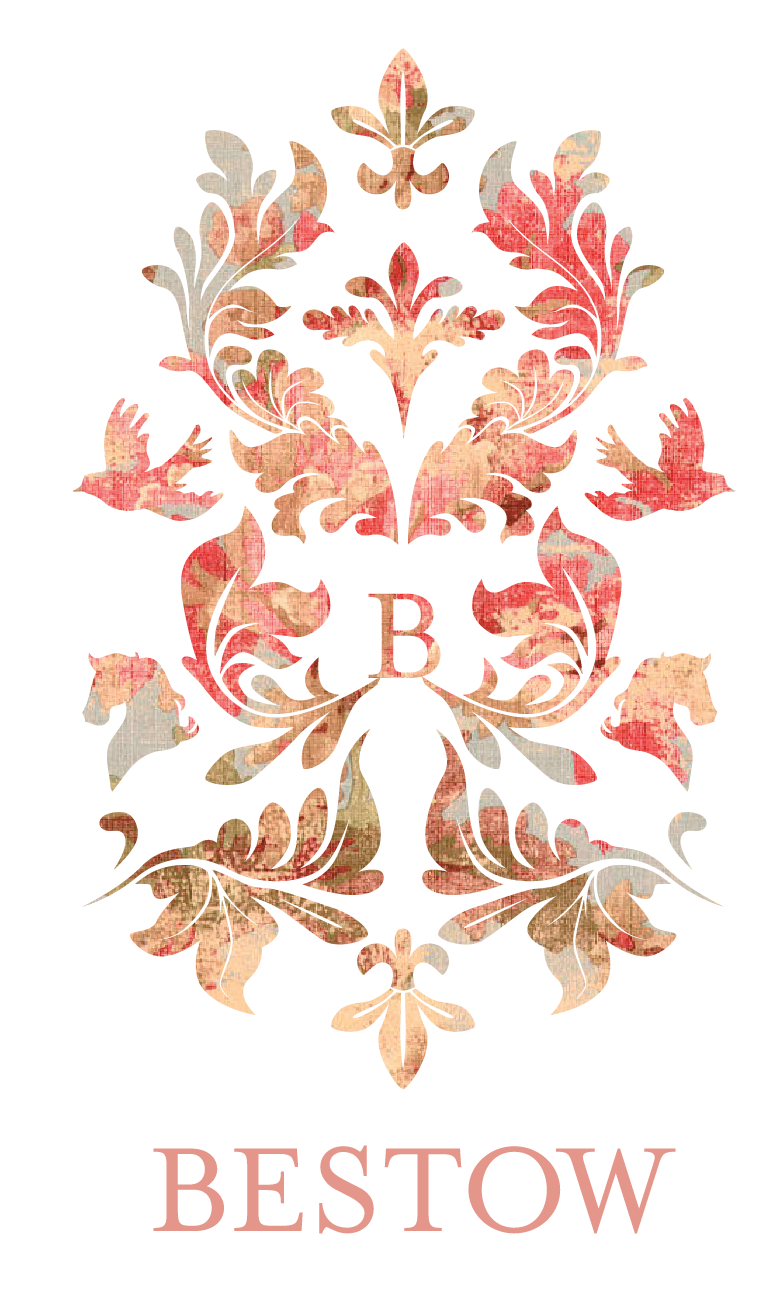THE BEAUTY OF BREATHING
I recently attended a talk given by Justine Jones, a Dunedin-based physiotherapist who specialises in the BradCliff method of breathing. I was completely inspired by Justine’s message and I want to share her pearls of wisdom with you because I didn’t realise how much breathing properly could do to support both your physical and your emotional health. There is growing evidence to suggest that breathing correctly can burn fat, make your skin glow, help balance out your hormones and support your overall health. So with all the benefits it certainly makes sense to spend a bit of time getting your breathing right.
It is becoming more evident that incorrect breathing can impact very negatively on your health and be the underlying cause of many health issues. The way you breathe could be responsible for many of the following symptoms.
The obvious ones like:
- Feelings of ‘ air hunger’
- Breathing discomfort
- Frequent sighing and yawning
The less obvious:
- Disturbed sleep
- Upset digestion
- Feeling tired all the time
- Pins and needles
- Shattered confidence
- Clammy hands
- Feeling irritable, anxious or upright
- Erratic heart rate, chest pains or dizzy spells (check with your doctor if you experience these symptoms)
How well do you breathe? Firstly, you need to observe how you currently breathe.
- Are you a ‘nose breather’ or a ‘mouth breather’?
- Count the number of times your breathe in one minute.
- Place one hand on the middle of your chest just below your collarbone and the other hand on your belly, above the belly button and below the chest bone. Which hand moves the most when you breathe in and out? This will determine if you breathe more into the upper lobes of your lungs or if you’re a belly breather.
So armed with this information, you can now check how well you breathe.
Nose or mouth?
Firstly, it is important to always breathe through your nose not your mouth. The mucous membranes of your nose warm and humidify the air you breathe, making it more agreeable to your lung tissue.
Nasal hairs filter the air, removing air-borne allergens and viruses. The nasal hairs also produce nitric oxide, which when added to the air you breathe, increases the uptake rate of oxygen in your lungs. In fact, because of the nitric oxide you will get 10% more oxygen from the air you breathe through your nose.
Nasal breathing provides more resistance than the mouth, slowing down your breathing and giving the lungs longer to absorb the oxygen and expel the carbon dioxide. In addition, your lungs inflate and deflate at a gentler rate.
Your body is also calmed by slow, deep, rhythmic breaths, helping flip your nervous system from ‘fight and flight’ into ‘rest and repair’.
Shallow or Deep?
Are you a deep, belly-breather or a shallow breather?
The process of breathing involves the lungs taking oxygen from the air and transferring it to de-oxygenated blood pumped into the lungs by the heart.
The lower lobes of the lung contain more capillaries, therefore exchange more oxygen. This makes deep breathing much more effective for oxygenating your blood than high, shallow breathing. When you test which hand on your belly not the hand under the collarbones. Shallow breathing is far less effective than deep, belly breathing.
Shallow breathing also activates your fight or flight system resulting in feelings of anxiety, stress and irritability. It can also cause you to hyperventilate by expelling too much carbon dioxide and this can cause symptoms such as dizziness, rapid heart rate, chest pains and lightheadedness.
What is your breathing rate?
The rate at which you breathe is also important and is linked to how you breathe. It will either be rapid and shallow or deep and slow. You should be taking between 10 to 14 breaths per minute. Anything higher than this and your breathing is too shallow and rapid and anything less is too slow.
So why does our breathing get so out of kilter? There can be many triggers like respiratory disorders (asthma, sinus problems), physical injury to the nose, poor posture, pain, anxiety, prolonged computer use, or simply being too busy with life. Even once the trigger has gone, changes in breathing habits can continue on, undermining your health.
Learning to breathe properly again can have many benefits and not just the obvious ones that we have discussed but some surprising ones for your clients and yourself.
There is growing evidence that there is a relationship between respiration and hormones. Many people have found that by correcting their breathing they notice an improvement in symptoms such as PMT and menopausal problems like hot flushes. It is also interesting to note that in Traditional Chinese Medicine the lungs and the skin are linked. So correct breathing can impact on the health and appearance of your skin.
There is also growing evidence to suggest that breathing correctly can burn fat, helping you to lose weight. With all the benefits it certainly makes sense to spend a bit of time getting it right. So if you think your breathing needs work or want to be able to refer your clients, check out what practitioners are available in your area.

